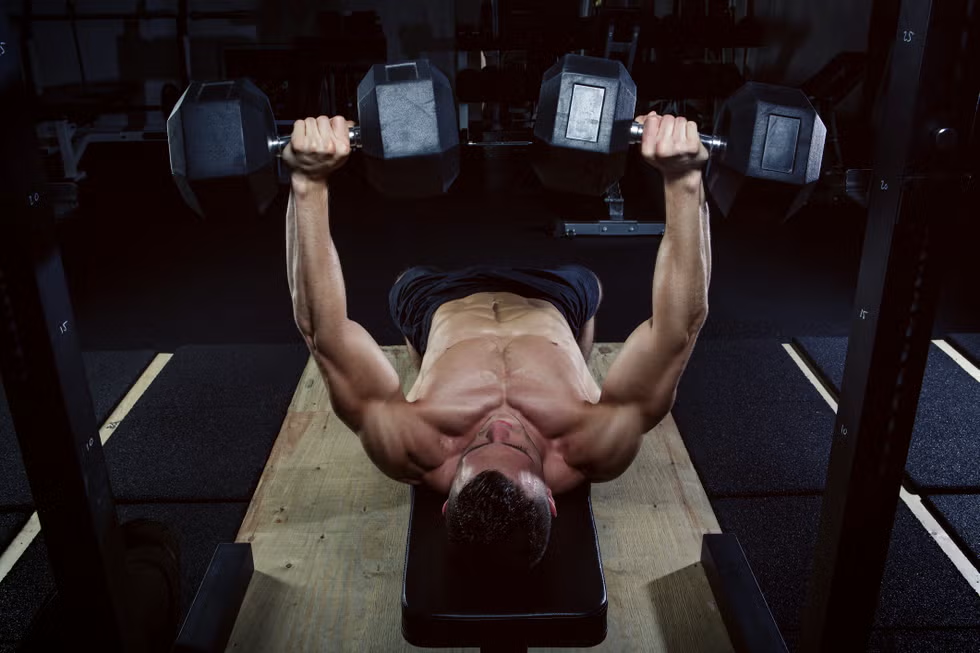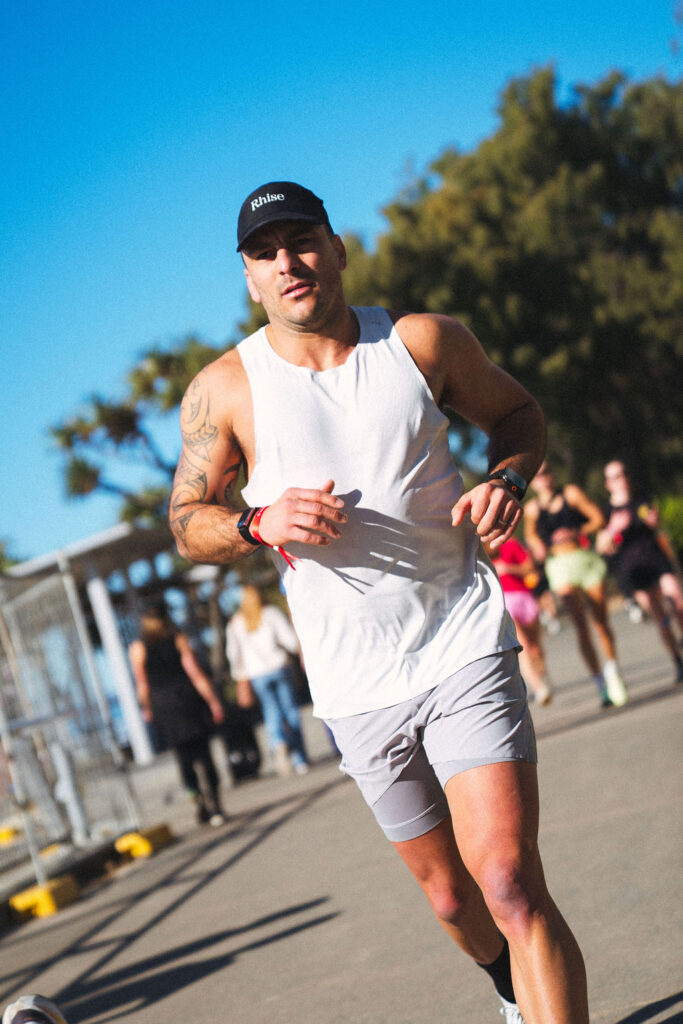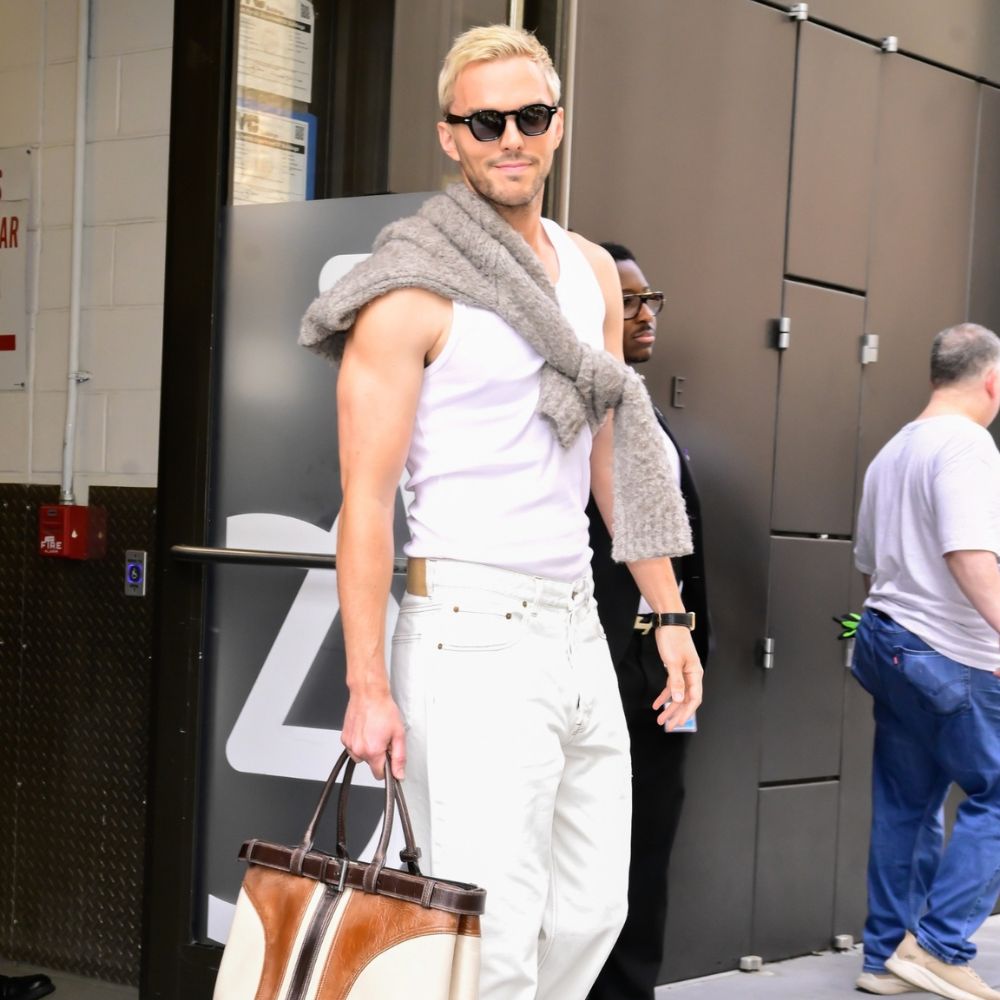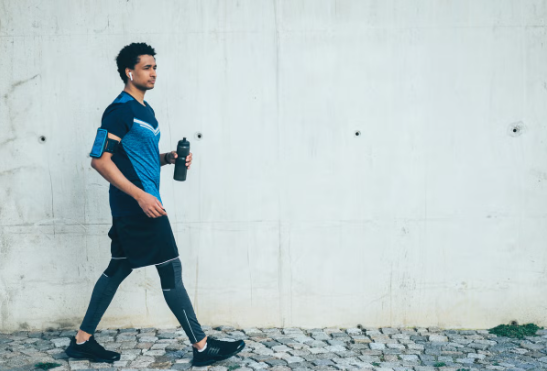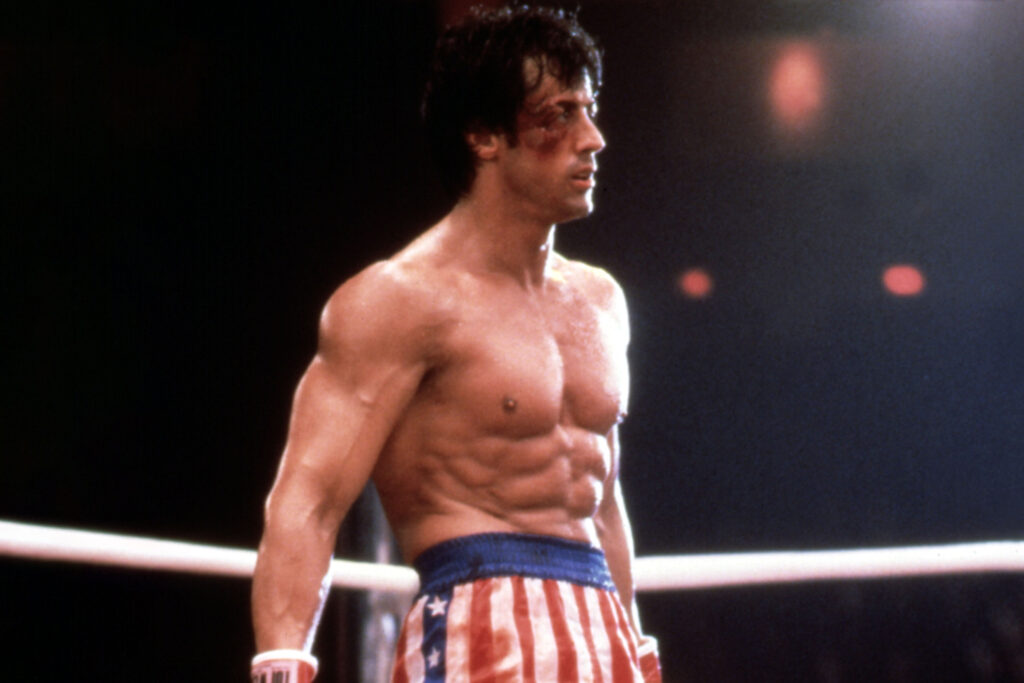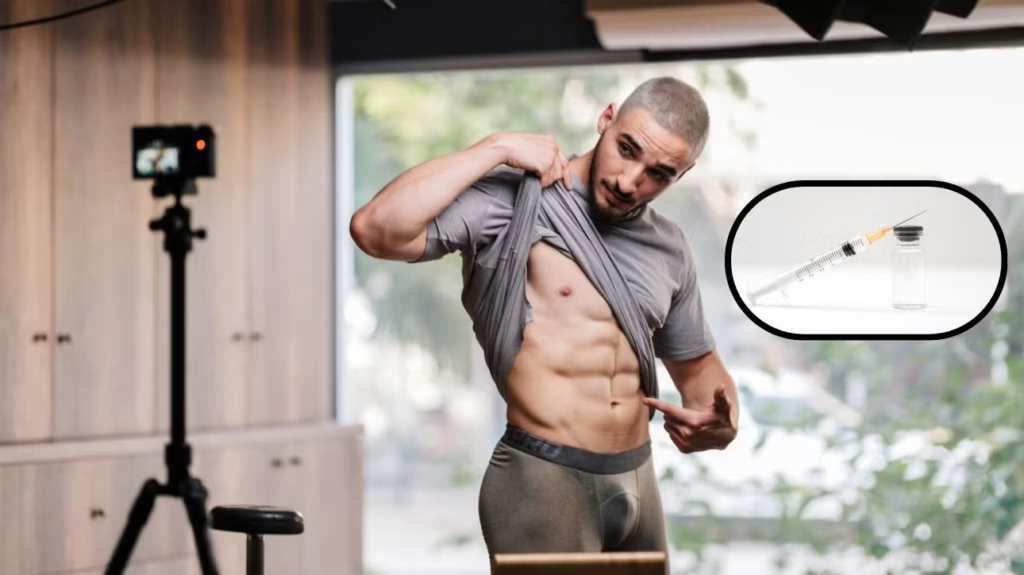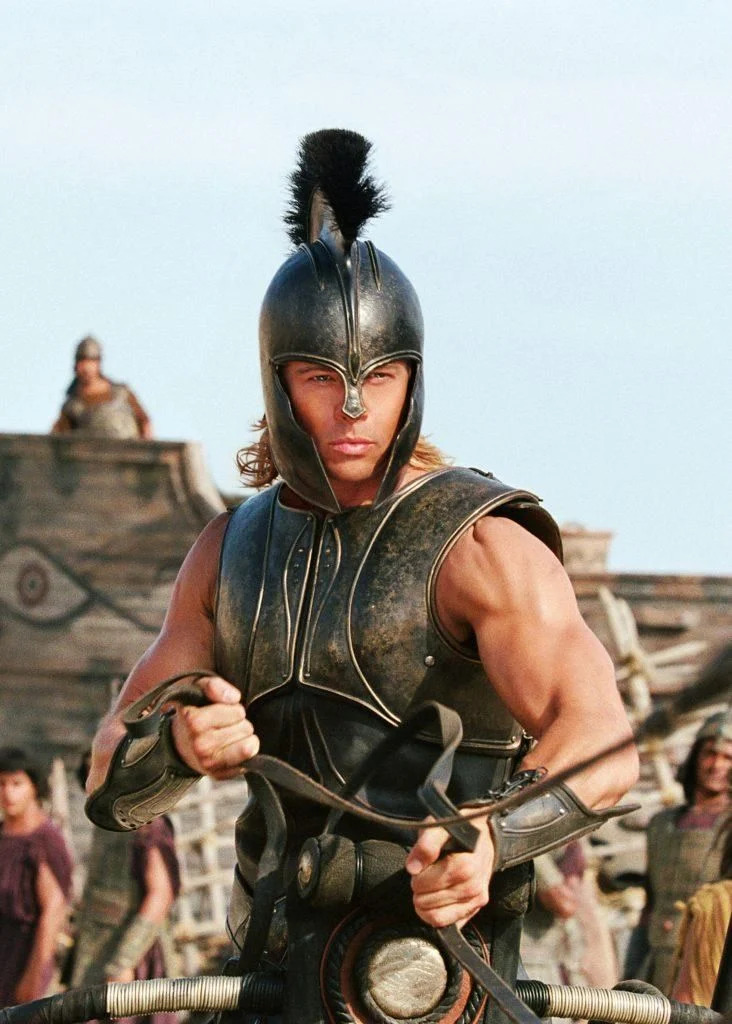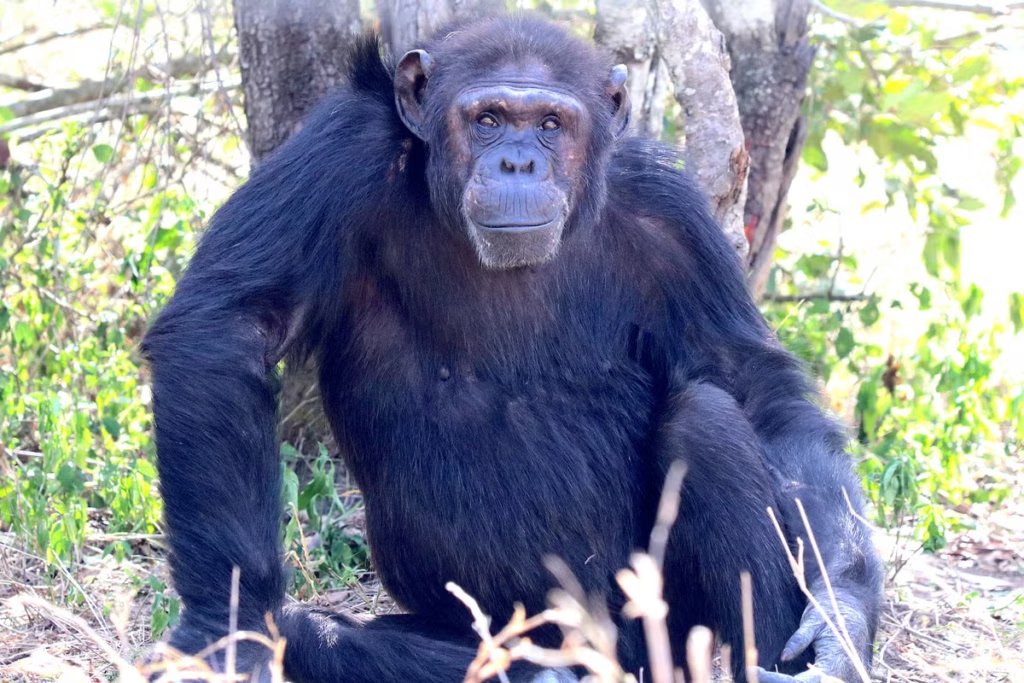If you’ve likely been binge-watching Stranger Things 4 – much like the rest of the world’s global population – chances are you found yourself stunned by a certain transformation revealed by David Harbour’s Hopper. The events of season three were a true test for his character and, without giving too much away, most presumed he was dead. It was something of a surprise then, to find that he wasn’t just alive, but had been scooped up by Ruskis and dropped off in a gulag on the Alaskan border, a journey that left his body battered, brutalised and wasting away.
This, we saw, when Hopper took his clothes off opposite Joyce in the season’s penultimate episode. What the audience saw was a man who had been to Hell and back, and lived to tell the tale. But it also revealed a staggering transformation on the part of David Harbour, who had lost 34 kilograms in order to authentically play the role.
In a recent Instagram Live, Harbour explained: “When I took my shirt off, I wanted to reveal this body that had been hardened by this prison. You know, a guy who was more brutal but was also thinner and had not been eating well.”
Alongside his trainer and physical therapist, David Higgins, Harbour embarked on a transformational journey that took him from roughly 122 kilograms to 86. He credits intermittent fasting as the main factor for such weight loss and while he called it the “fad diet of the moment” on his Live talk, it nevertheless worked for him. “It wasn’t so much about what I was eating, it was about the how, and that was much better for my lifestyle,” he said.
For Harbour, it wasn’t so much the food as it was the portion and intake control, with mealtimes restricted to slim daily windows. “All these guys in fitness are like, ‘you’ve got to steam chicken breast and vegetables and a little bit of rice,’ and [that’s] just not my vibe. I did find, though, because I was really big, the weight came off pretty easily.”
Harbour and Higgins met on the set of Black Widow and, as Harbour admits, a ruptured Achilles he had sustained at the time meant he thought he would never be able to get back into a solid training routine. Instead, Higgins helped put a workout program together that included mobility and activation exercises, kettlebell workouts, Pilates and steady-state cardio. “It really did add up,” he said. “It was the simple things that I continued to do that made a difference.”
For Harbour, the experience was one he learned a lot from. “There’s health, and then there’s aesthetics, like how you look, and then there’s how you feel, and I think sometimes those are the same, and sometimes they’re very different,” he said. “My whole relationship to my body changed…I felt I could trust this machine more, I could do things…it’s those little things I’m grateful for. I don’t have aches in my hip and knee anymore because I’ve strengthened my core. Those are the things that are really invaluable.”








